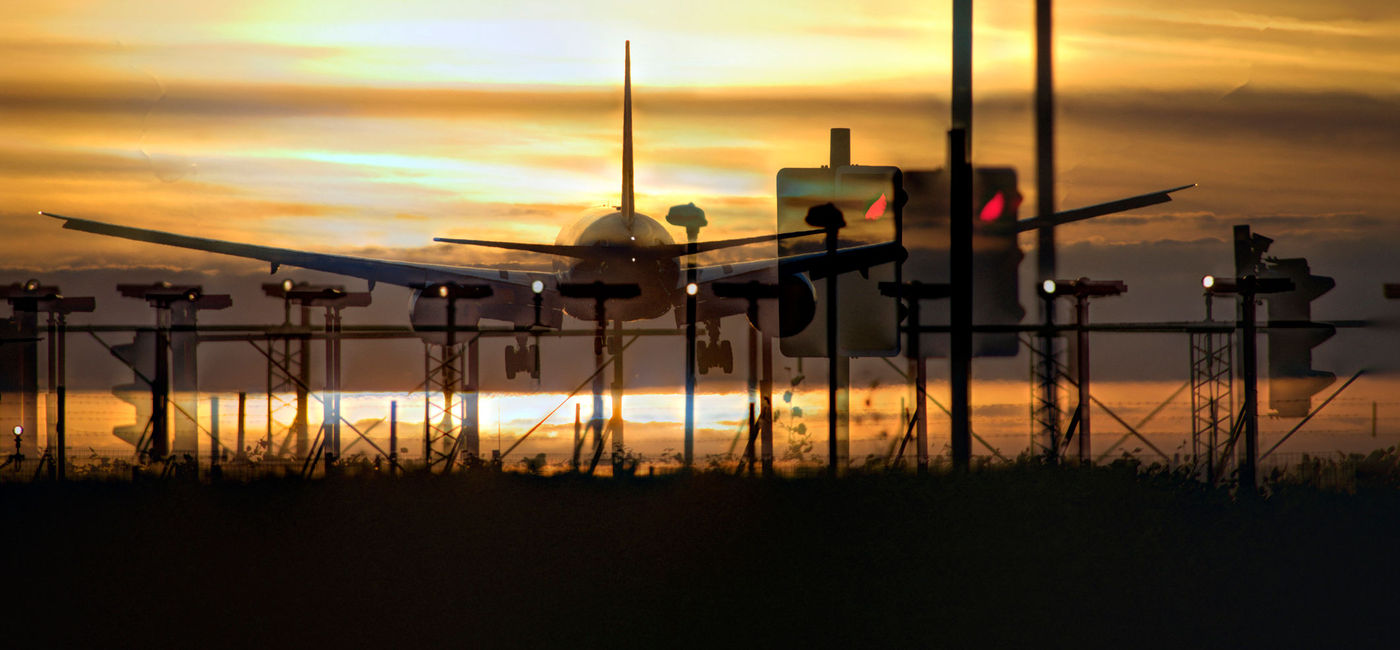What’s Impacting the US Airline Market

Despite inflation, fears of a recession, and customer complaints about substandard service, the airline industry had another record year in 2022.
Industry revenue for last year exceeded 2019 levels amid record-breaking demand, according to new data from Phocuswright’s just-released U.S. Airline Market Report 2022-2026. Travelers, it seems, were willing to dig deep and shell out the money for steeper fares after years of not seeing family and friends or eager to return to in-person business meetings and event.
Even with that said however, the airline industry now represents just 42 percent of U.S. travel market bookings, and hotels continue to lead the way at 45 percent of all U.S. bookings.
The new report also identifies four areas that analysts see impacting the U.S. air market.
Widening Price-Service Gap
It’s hardly breaking news to say that airlines suffered from operational challenges in 2022. Southwest Airlines anyone? The bad news is that in some cases, the challenges have continued into 2023. What’s more, the Airline Market Report suggests that the operational issues plaguing many carriers are not going to become a thing of the past just yet.
“The problem won’t be fixed any time soon as airlines face high fuel prices and costs of capital amid continuing supply and labor shortages, limiting their ability to add network capacity,” says the report.
Business travel morphs to become blended travel
Amid the pandemic, business travel, which was a major source of revenue for airlines, mostly tanked. The good news it seems is that airlines have found ways to compensate for that development.
“Airlines have more than made up for the loss of business travel,” says the report. “They have benefitted from the increase in blended (business/leisure) travel—evidence of the new work/life balance that many people seek,” says the report.
The recently published MLIV Pulse survey, from Bloomberg, however, indicated that the “bleisure” trend may be drawing to a close. For those not familiar, that’s the practice of adding personal vacation days to a work trip. Sixty-two percent of survey respondents in the MLIV Pulse survey (who were professional investor) s and 56 percent (who were retail investors), said they’re not engaging in more bleisure travel this year.
Merchandising proves valuable
NDC and similar technologies are still not mainstream, however, the Phocuswright report suggests these developments offer great promise for airlines seeking to recover from the operational challenges of 2022, allowing carriers to provide creative and personalized options to customers.
Staff shortages, inflation, rinse, repeat
While inflation didn’t curb traveler enthusiasm in 2022, airlines are anticipating a bit of a slowdown in 2023, according to the new report. In response, carriers are tightly managing capacity. Still, even that less than ideal news isn’t dampening the industry’s overall outlook for the year ahead.
“Despite the gloomy economic outlook, U.S. airlines remain optimistic about 2023 due to the resilience of leisure travel and the return of business travel, meetings/events, and international trips,” says the report.
